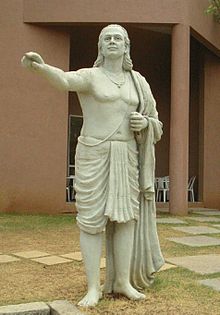| Millennium: | 1st millennium |
|---|---|
| Centuries: | |
| Decades: | |
| Years: |
| 517 by topic |
|---|
| Leaders |
| Categories |
| Gregorian calendar | 517 DXVII |
| Ab urbe condita | 1270 |
| Assyrian calendar | 5267 |
| Balinese saka calendar | 438–439 |
| Bengali calendar | −76 |
| Berber calendar | 1467 |
| Buddhist calendar | 1061 |
| Burmese calendar | −121 |
| Byzantine calendar | 6025–6026 |
| Chinese calendar | 丙申年 (Fire Monkey) 3214 or 3007 — to — 丁酉年 (Fire Rooster) 3215 or 3008 |
| Coptic calendar | 233–234 |
| Discordian calendar | 1683 |
| Ethiopian calendar | 509–510 |
| Hebrew calendar | 4277–4278 |
| Hindu calendars | |
| - Vikram Samvat | 573–574 |
| - Shaka Samvat | 438–439 |
| - Kali Yuga | 3617–3618 |
| Holocene calendar | 10517 |
| Iranian calendar | 105 BP – 104 BP |
| Islamic calendar | 108 BH – 107 BH |
| Javanese calendar | 404–405 |
| Julian calendar | 517 DXVII |
| Korean calendar | 2850 |
| Minguo calendar | 1395 before ROC 民前1395年 |
| Nanakshahi calendar | −951 |
| Seleucid era | 828/829 AG |
| Thai solar calendar | 1059–1060 |
| Tibetan calendar | 阳火猴年 (male Fire-Monkey) 643 or 262 or −510 — to — 阴火鸡年 (female Fire-Rooster) 644 or 263 or −509 |

Year 517 (DXVII) was a common year starting on Sunday (link will display the full calendar) of the Julian calendar. At the time, it was known as the Year of the Consulship of Agapitus and Paulus among the Romans (or, less frequently, year 1270 Ab urbe condita). The denomination 517 for this year has been used since the early medieval period, when the Anno Domini calendar era became the prevalent method in Europe for naming years.